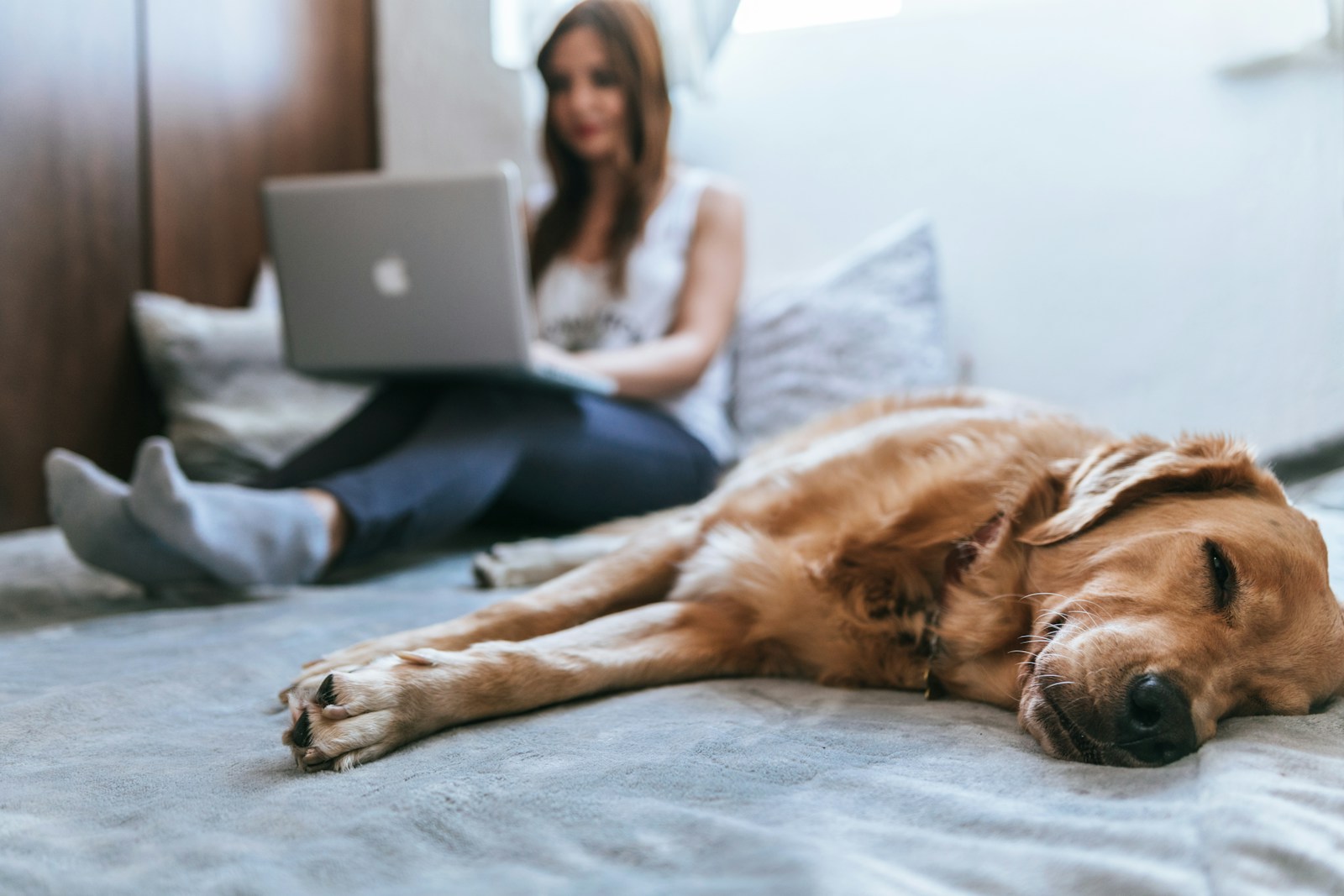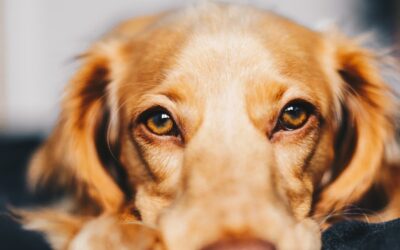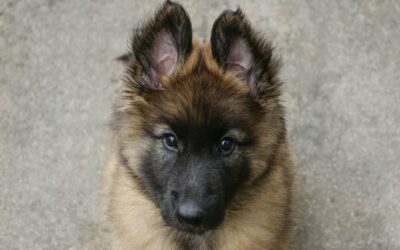What is Giardia in dogs?
If you’re a dog owner, ensuring your pup is happy and healthy is always a top priority. But what happens when a harmful parasite sneaks its way into your dog’s system? Giardia, an intestinal parasite, is one such threat that dog owners need to be aware of. Commonly found in contaminated water, soil, and fecal material, Giardia can cause a range of health problems in dogs, from mild gastrointestinal discomfort to severe diarrhea.
In this blog, we’ll explore everything you need to know about Giardia in dogs—including what it is, how it spreads, clinical signs to watch for, treatment options, and, most importantly, how to prevent it. Whether you’re a new pet parent, a seasoned dog lover, or a veterinary professional, this guide will help you better understand and combat Giardia infections.
What is Giardia in Dogs?
Giardia is a single-celled organism (protozoa) that lives in the small intestine of infected animals, including dogs. Scientifically known as Giardia duodenalis (also referred to as Giardia intestinalis), this organism exists in two primary forms:
- Trophozoites: Active forms that live in the intestinal lining, creating a feeding and reproducing inside the host.
- Cysts: Dormant, infective forms that are shed in the feces of infected animals. These cysts can survive in the surrounding environment—such as contaminated water or soil—for several weeks.
Dogs become infected by ingesting infective cysts through contaminated water, food, or surfaces. Puppies younger than six months, senior dogs, and dogs with weakened immune systems face a higher risk of Giardia infection.
Although Giardia is commonly found in dogs, it’s also zoonotic, meaning it can infect both humans and other animals, including wild mammals and cats. While the risk of human infection is low when good hygiene practices are followed, Giardia poses an increased threat to immunocompromised individuals.

Giardia in Dogs vs. Humans
Giardia is a microscopic, protozoan parasite that can affect both dogs and humans, though it behaves slightly differently in each host. In dogs, Giardia primarily resides in the small intestine, attaching itself to the intestinal wall and causing symptoms like diarrhea, vomiting, and weight loss.
It is most commonly transmitted through the ingestion of contaminated water, food, or direct contact with infected feces. Dogs with weakened immune systems or those in high-exposure environments, such as shelters or kennels, are more susceptible.
For humans, Giardia also targets the intestinal tract, causing a condition known as giardiasis. Symptoms in humans include diarrhea, abdominal cramps, bloating, nausea, and fatigue. Like in dogs, the parasite is contracted through ingesting contaminated water or food or through close contact with infected individuals or animals. Children, people with compromised immune systems, and those in areas with poor sanitation are at higher risk.
While both dogs and humans can contract Giardia, the strain that infects dogs (Giardia canis) is typically different from the strain that infects humans (Giardia lamblia). However, zoonotic transmission—where the parasite passes between dogs and humans—is still possible, though less common. This is why maintaining good hygiene practices, such as washing hands after handling pets and keeping their living areas clean, is essential to minimize the risk of infection for both you and your canine companion.
How Giardia Spreads in Dogs
Giardia is a highly resilient parasite that spreads through several common pathways, especially in environments where multiple animals are present. Below are the key ways this parasite can infect dogs:
Contaminated Water Sources
One of the most common ways dogs contract Giardia is by drinking water contaminated with infected feces. Streams, puddles, and stagnant water in outdoor settings are prime locations for the parasite to thrive. Ensuring your dog has access to clean, fresh drinking water can help reduce this risk.
Direct Contact with Feces
Dogs can also pick up Giardia by coming into contact with feces from infected animals. This often happens in dog parks, shelters, or shared spaces where multiple animals defecate. Keeping a close eye on your dog during walks or playtime can help prevent exposure.
Grooming or Licking
Dogs regularly groom themselves by licking their fur, but this behavior can lead to Giardia infection if their coat has come into contact with contaminated soil, water, or feces. Similarly, licking or sniffing other animals can expose them to the parasite.
Contaminated Food or Surfaces
Giardia cysts can survive on surfaces like food bowls, bedding, and even floors for extended periods. Dogs may become infected by ingesting cysts from contaminated items. Regular cleaning and disinfecting of your dog’s living area can minimize these risks.
Because Giardia can be spread so easily and often has persistent cysts, it’s essential for dog owners to remain vigilant. Monitoring your dog’s behavior, preventing access to high-risk environments, and maintaining cleanliness are crucial steps in preventing the spread of this parasite.
What Are the Symptoms of Giardia in Dogs?
The clinical signs of Giardia vary, depending on the severity of the infection and the dog’s immune system. While some dogs may show no symptoms at all, others can experience a range of mild to severe gastrointestinal issues. The most common symptoms include:
Diarrhea
One of the most frequent symptoms of Giardia is persistent or intermittent watery diarrhea. The stool may be soft, watery, greasy, or foul-smelling. Chronic diarrhea can lead to dehydration, which requires prompt medical attention.
Weight Loss
Dogs infected with Giardia may experience weight loss due to poor nutrient absorption. This occurs because the parasite interferes with the proper functioning of the intestinal lining.
Vomiting
Some dogs may vomit as a result of the infection. Recurrent vomiting can further deplete nutrients and fluids, exacerbating the dog’s condition.
Lethargy
Giardia can cause dogs to appear tired or less energetic than usual. This symptom often stems from dehydration and the general discomfort associated with the infection.
Abdominal Discomfort
Dogs with Giardia may show signs of abdominal pain or bloating. They might appear uncomfortable, have difficulty resting, or show a lack of interest in eating.
If you notice any of these symptoms in your dog, it’s important to consult a veterinarian right away. Left untreated, Giardia can lead to more severe health issues and affect your dog’s overall well-being.
Diagnosing Giardia in Dogs
Veterinarians use diagnostic tests to confirm Giardia infections. A stool sample analysis is the most common method of detecting Giardia cysts or trophozoites in a dog’s feces. Some of the tools vets may use include:
- Fecal Smears or Flotation Tests: These help identify Giardia cysts under a microscope.
- ELISA Test (Enzyme-Linked Immunosorbent Assay): Detects the presence of Giardia antigens in the stool.
- PCR Tests: Pinpoints specific DNA of Giardia organisms.
Because Giardia infections may not continuously shed cysts, stool samples from several days may be required for accurate detection.
Treating Dogs Infected With Giardia Cysts
If your dog is diagnosed with Giardia, don’t worry—effective treatment options are available. Your veterinarian will likely recommend:
- Antiparasitic Medications: Drugs such as fenbendazole or metronidazole are commonly used to kill Giardia organisms and clear the infection.
- Supportive Care: For dogs suffering from severe diarrhea or dehydration, supportive care like fluid therapy may be performed.
- Hygiene Measures: Regularly wash your infected dog’s bedding, bowls, and grooming tools with soap and water to remove cysts. Using disinfectants like quaternary ammonium compounds can help kill Giardia cysts in the surrounding environment.
Treatment typically lasts several days, but it’s important to complete the full course of medication, even if symptoms improve quickly, to prevent recurrence.
How to Prevent Giardia Infection in Dogs
Preventing Giardia involves reducing your dog’s exposure to contaminated environments and practicing good hygiene. Here are some effective tips:
- Provide Clean Drinking Water: Always offer fresh, filtered water to your dog and avoid letting them drink from outdoor water sources like ponds, streams, or puddles.
- Pick Up Waste Promptly: Dispose of your dog’s stool immediately to prevent environmental contamination.
- Disinfect Surfaces: Clean your dog’s living areas and toys regularly with a bleach solution or pet-safe disinfectants that can kill Giardia cysts.
- Limit Exposure to High-Risk Areas: Be cautious in dog parks, kennels, or daycare facilities where multiple animals share space.
- Regular Vet Checkups: Routine exams and stool sample analyses can help catch Giardia infections early.
- Good Hygiene Practices: Wash your hands thoroughly after handling dog feces and teach household members to do the same.
A Word on Your Dog’s Diet During and After Treatment
To help your dog’s recovery during a Giardia infection, your vet may recommend a highly digestible diet that is easy on their digestive system. Small, frequent meals can aid digestion and reduce the strain on your dog’s gut. After treatment, gradually return to their regular diet while monitoring for any recurring symptoms.
Useful Links and Resources for Giardia in Dogs
- [American Kennel Club (AKC) – Giardia in Dogs](https://www.akc.org/expert-advice/health/giardia-in-dogs/) A comprehensive guide by the AKC detailing the causes, symptoms, and treatments for Giardia in dogs.
- [Centers for Disease Control and Prevention (CDC) – Parasites – Giardia](https://www.cdc.gov/parasites/giardia/) Learn about Giardia infections in pets and humans, including prevention tips from the CDC.
- VCA Animal Hospitals – Giardia in Dogs This resource covers Giardia’s effects on dogs, diagnostic procedures, and treatment plans.
- PetMD – Understanding Giardia in Dogs PetMD provides detailed information on Giardia, including symptoms, causes, and management strategies.
- ASPCA – Giardia Infection in Dogs An explanation of parasitic infections like Giardia and how to protect your dog from them.
- Tufts University Veterinary School – Giardia and Intestinal Parasites A scientific overview of Giardia and its impact on canine health, provided by veterinary professionals.
Protect Your Pup Against Giardia Before Coming To Snouts and Stouts Indoor Dog Park And Bar
Being informed about Giardia helps you take proactive steps to protect your furry friend’s health. By recognizing symptoms early, working closely with your veterinarian, and maintaining good hygiene practices, you can prevent Giardia from becoming a serious issue for your dog and household.

Snouts and Stouts Indoor Dog Park and Bar requires updated shot records for your pup before coming in to see us!
If you suspect your dog may have Giardia or if you have questions about how to prevent infections, contact your veterinarian today. A healthy, happy dog is a joy to every household!




